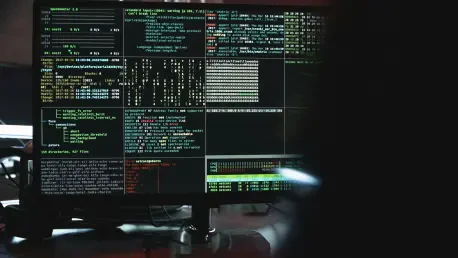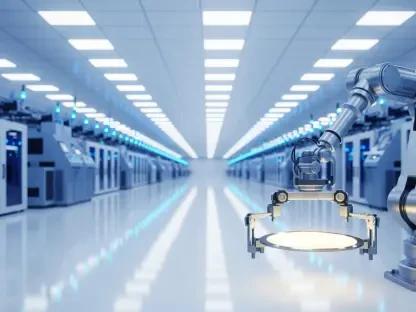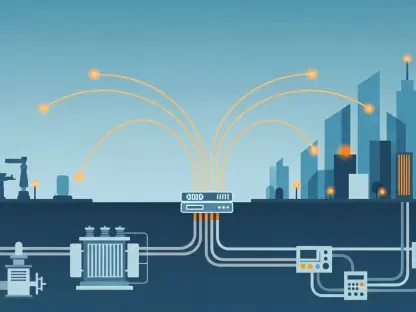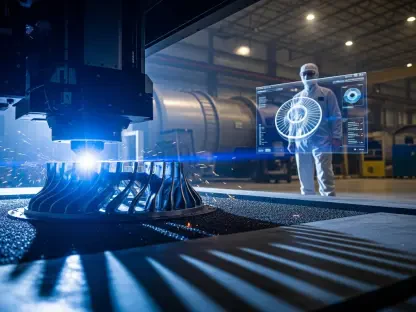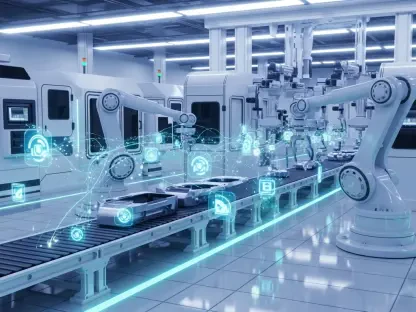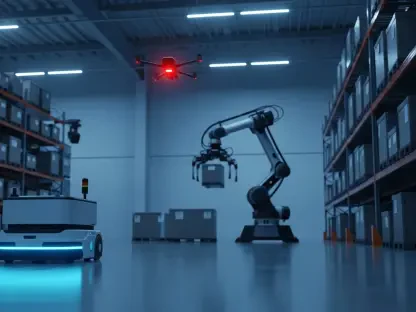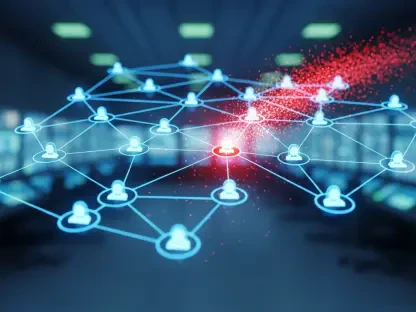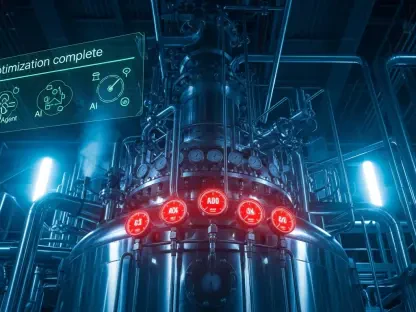Imagine a world where a single cyberattack can halt an entire manufacturing plant, disrupt life-saving medical equipment, or compromise critical infrastructure like power grids, creating chaos across industries. This is not a distant dystopia but a pressing reality for sectors relying on cyber-physical systems (CPS)—the intricate blend of digital control and physical processes that underpins modern operations. As economic volatility and geopolitical tensions intensify, the security of CPS has emerged as a paramount concern, with breaches carrying devastating operational and financial consequences. This review delves into the current state of CPS security, exploring its vulnerabilities, emerging threats, and innovative solutions that aim to safeguard mission-critical infrastructure in an increasingly uncertain landscape.
Key Features of Cyber-Physical Systems Security
Core Components and Importance
Cyber-physical systems integrate operational technology, IoT devices, medical equipment, and building management systems to orchestrate physical actions through digital commands. These systems are the backbone of industries such as manufacturing, healthcare, and energy, ensuring seamless functionality of everything from assembly lines to hospital ventilators. Their security is not merely a technical necessity but a cornerstone of operational continuity, as any disruption can cascade into significant downtime or safety risks. The interconnected nature of CPS, while efficient, also amplifies exposure to cyber threats, making robust security measures indispensable.
Vulnerability to External Pressures
A defining characteristic of CPS security today is its susceptibility to external factors like economic instability and geopolitical conflicts. Supply chain disruptions, often driven by shifting trade policies, have reduced visibility into potential attack surfaces for many organizations. Survey data reveals that nearly half of companies identify these changes as a major risk, as new partners or vendors may introduce unvetted technologies or processes. This dynamic underscores the need for security frameworks that adapt to global uncertainties while maintaining rigorous protection standards.
Performance Analysis of CPS Security Measures
Threat Landscape and Attack Vectors
The performance of current CPS security measures is under strain due to a diversifying threat landscape. Malware remains a dominant concern, alongside vulnerability exploitation and insider threats, which exploit unpatched legacy systems and human error. Unlike high-profile ransomware, which garners much attention, stealthier attacks often cause prolonged disruptions in industries where uptime is critical. The complexity of these threats challenges traditional security approaches, highlighting gaps in detection and response capabilities across many organizations.
Third-Party Access Risks
Another critical performance issue lies in the vulnerabilities introduced by third-party access to CPS environments. Evolving supply chains often bring unsecured remote access tools or contractual oversights, creating entry points for attackers. A significant portion of breaches—nearly half in recent surveys—stem from third-party interactions, with many organizations only discovering weak agreements after an incident. This persistent weak link reveals a systemic flaw in how external partnerships are managed, necessitating stricter oversight and standardized security protocols.
Regulatory and Compliance Challenges
Regulatory pressures further complicate the performance of CPS security programs. With emerging frameworks like the EU’s Cyber Resilience Act, organizations face a patchwork of compliance demands that threaten to disrupt existing strategies. A majority anticipate needing a complete overhaul of their security approaches to align with new directives over the next few years, from 2025 to 2027. This evolving landscape adds a layer of operational burden, diverting resources from threat mitigation to bureaucratic alignment at a time when risks are escalating.
Real-World Impact and Sector-Specific Applications
Consequences of Security Breaches
In real-world scenarios, the impact of CPS security failures is starkly evident across multiple sectors. Manufacturing plants have faced costly halts due to malware infiltrating control systems, while healthcare facilities have grappled with compromised medical devices, endangering patient safety. These incidents expose systemic vulnerabilities, often resulting in millions in losses and eroded trust. The tangible effects of such breaches emphasize that CPS security is not an abstract concern but a determinant of business survival.
Industry Responses and Adaptations
Different industries are responding to these challenges with tailored security adaptations. In manufacturing, enhanced monitoring of operational technology networks is becoming standard to detect anomalies early. Healthcare organizations are prioritizing encryption and access controls for connected medical equipment to safeguard patient data and device integrity. Meanwhile, energy sectors are investing in redundancy systems to minimize downtime risks. These sector-specific strategies illustrate a growing recognition of CPS security as a customized, rather than one-size-fits-all, endeavor.
Future-Oriented Solutions and Limitations
Innovations in Security Approaches
Looking toward future improvements, an impact-centric security model is gaining traction as a solution for CPS protection. Unlike traditional methods that focus on cataloging assets, this approach prioritizes risks based on their potential business consequences, ensuring resources target mission-critical areas. Coupled with AI and automation, which a vast majority of organizations view as essential, this model promises faster threat detection and response. Such innovations could redefine how industries allocate security efforts in high-stakes environments.
Persistent Challenges in Implementation
Despite these advancements, significant limitations persist in securing CPS effectively. Limited visibility into risk posture remains a hurdle, with many organizations uncertain about their full exposure to threats. Additionally, integrating new technologies like AI requires overcoming skill gaps and budget constraints, particularly for smaller entities. These challenges suggest that while solutions exist, their widespread adoption and effectiveness depend on addressing structural and resource-based barriers.
Final Thoughts on CPS Security
Reflecting on this evaluation, it becomes clear that cyber-physical systems security stands at a critical juncture in 2025, grappling with unprecedented threats fueled by economic and geopolitical unrest. The review highlights persistent vulnerabilities, from third-party access risks to regulatory complexities, that have tested the resilience of industries worldwide. Yet, it also uncovers a path forward through impact-centric models and AI-driven tools that have begun to reshape defense strategies. Moving ahead, organizations should focus on fostering collaboration between security and business teams to align protection with operational priorities. Investing in scalable automation and advocating for harmonized global regulations could further strengthen defenses. These steps, if taken decisively, would equip industries to navigate the evolving threat landscape with greater confidence and adaptability.
